Berlin Hyperlapse
Seoul Time-Lapse
Enter Pyongyang from JT Singh on Vimeo.
Ghost Style ‘Love Never Dies’ from PowerUpTimelapse on Vimeo.
Time lapse House of Cards.
Berlin Hyperlapse
Seoul Time-Lapse
Enter Pyongyang from JT Singh on Vimeo.
Ghost Style ‘Love Never Dies’ from PowerUpTimelapse on Vimeo.
Time lapse House of Cards.
animation:
Jackie Lay // animator
Anomalisa (2015) Charlie Kaufman
Article with a featurette on Anomalisa.
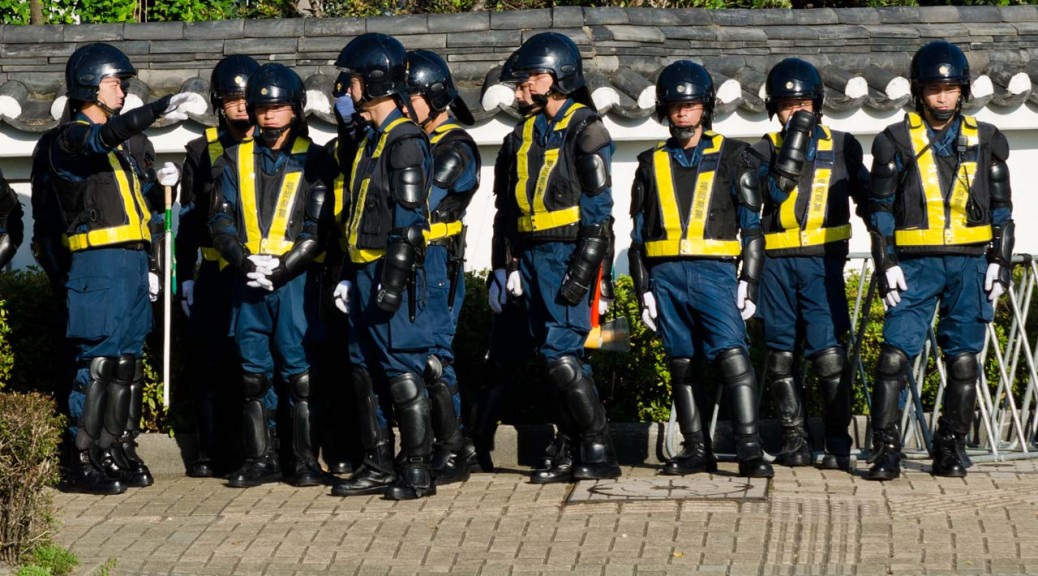
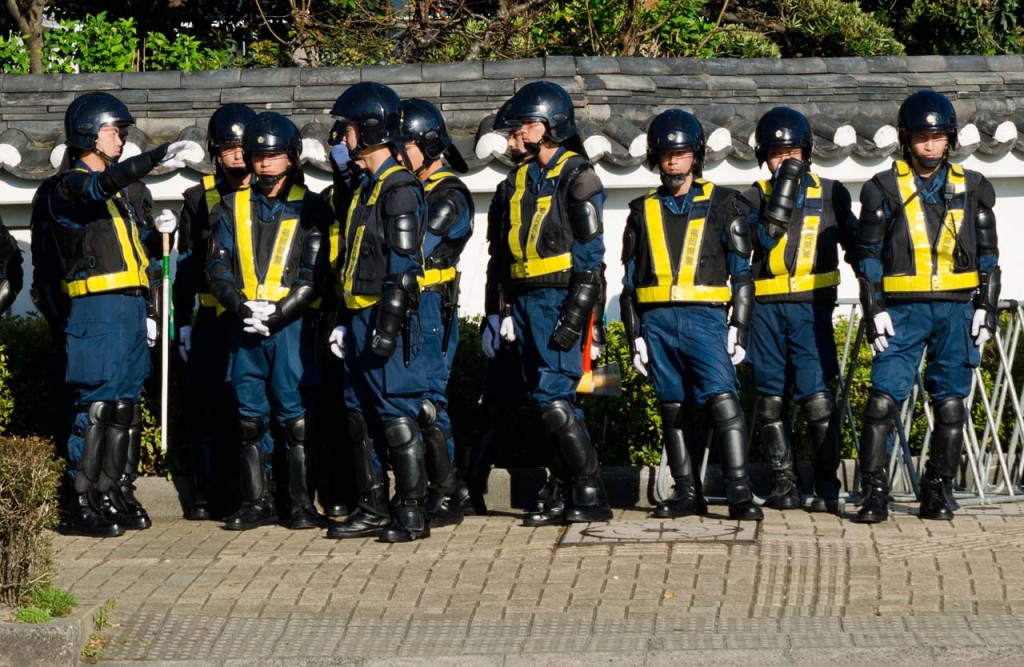 Japanese riot police guarding the Korean Embassy.
Japanese riot police guarding the Korean Embassy.

Inspiration?
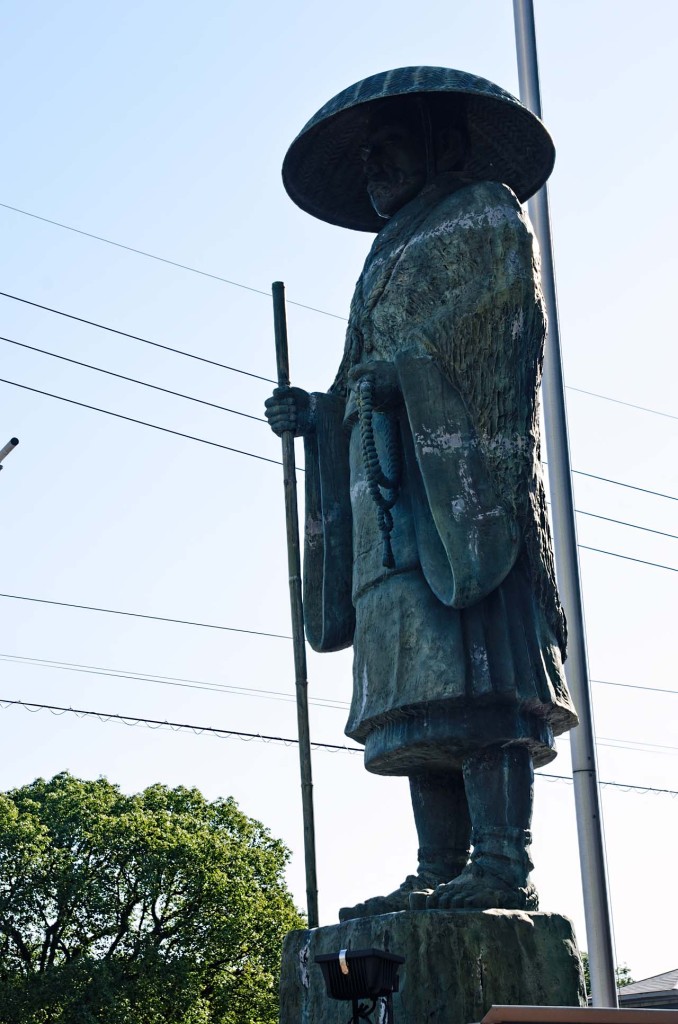
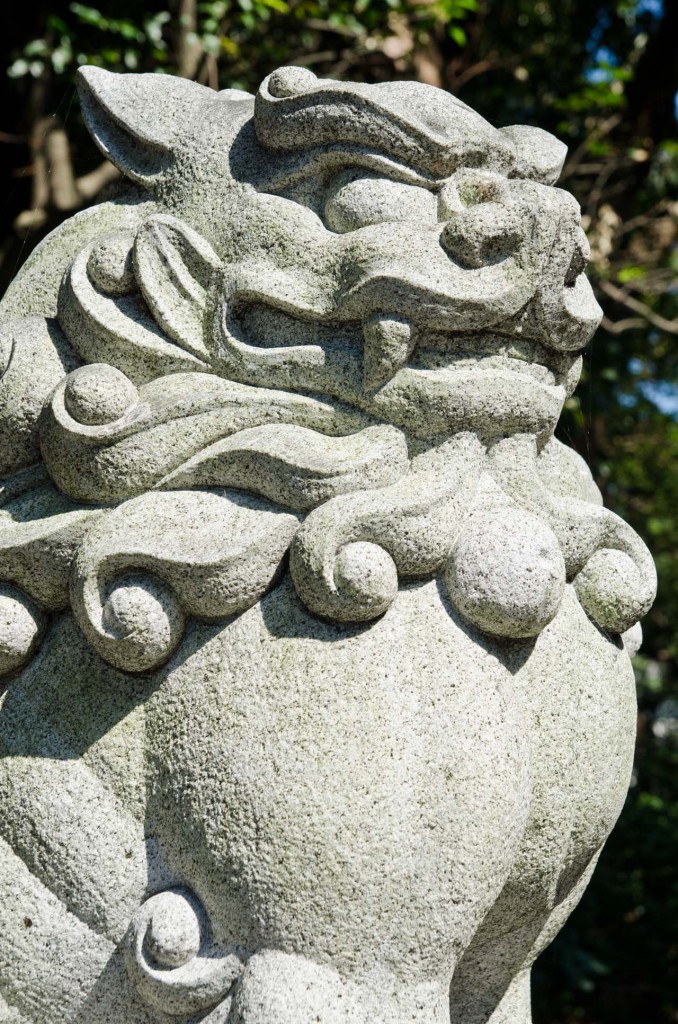
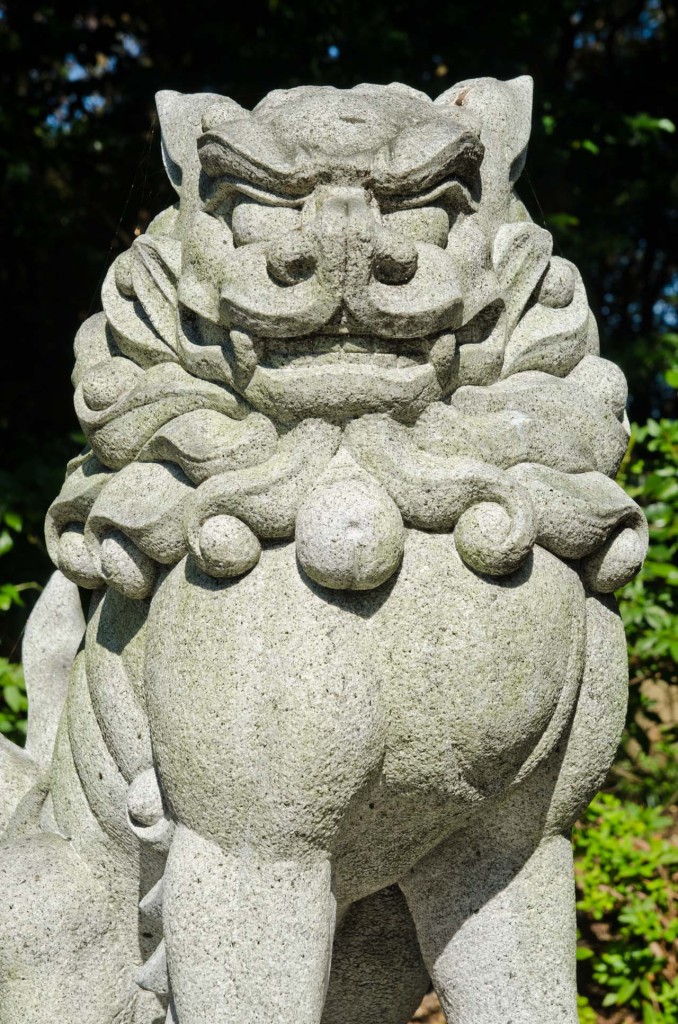 Komainu (狛犬)
Komainu (狛犬)
“Meant to ward off evil spirits, modern komainu statues are almost identical, but one has the mouth open, the other closed. This is a very common characteristic in religious statue pairs at both temples and shrines. This pattern is however Buddhist in origin and has a symbolic meaning. The open mouth is pronouncing the first letter of the Sanskrit alphabet, which is pronounced “a”, while the closed one is uttering the last letter, which is pronounced “um”, to represent the beginning and the end of all things. Together they form the sound Aum, a syllable sacred in several religions like Hinduism, Buddhism, and Jainism.” Wikipedia article.
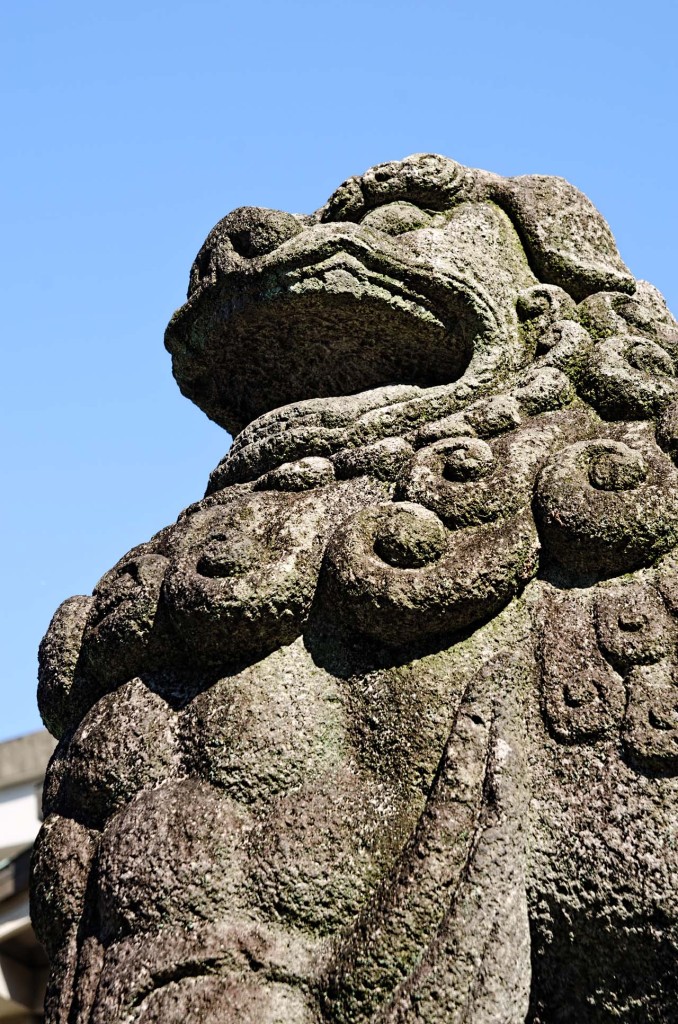
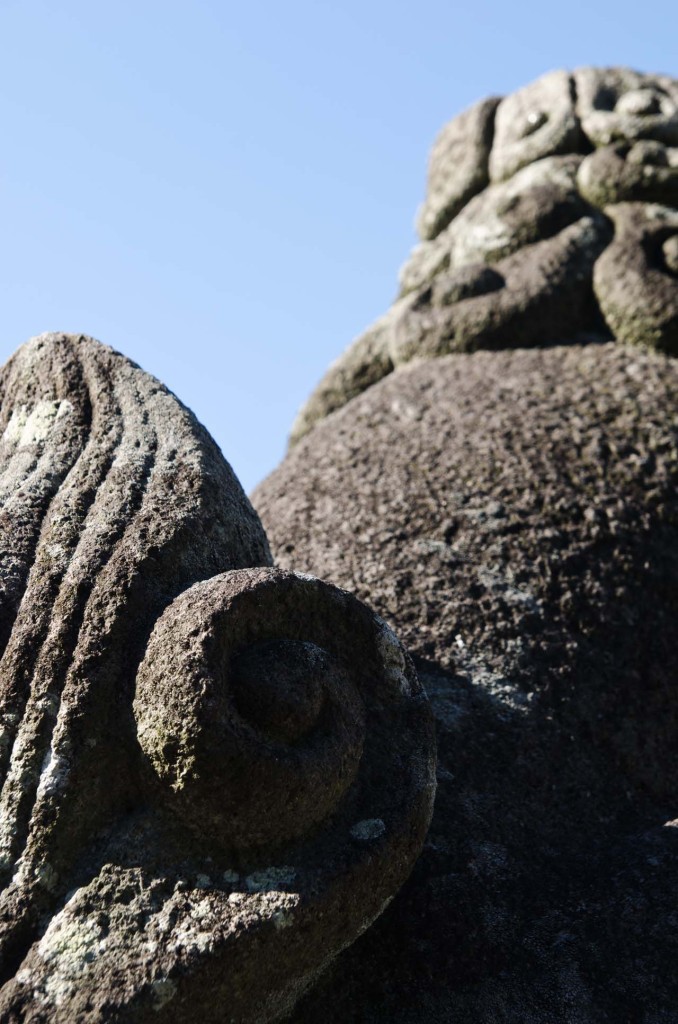
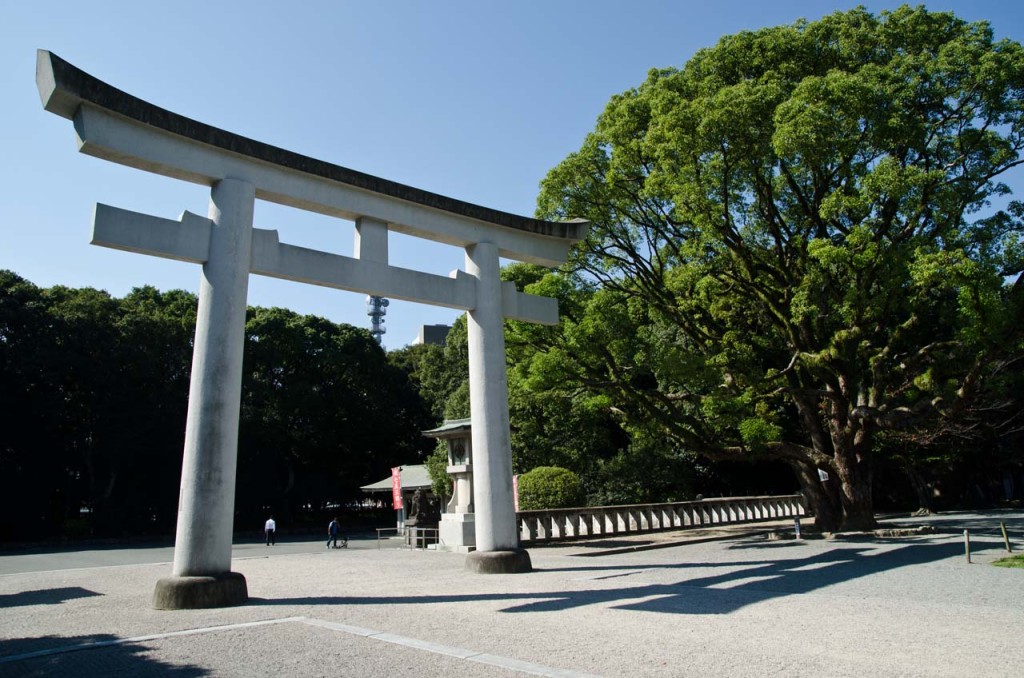 Gokoku Shrine 護国神社.
Gokoku Shrine 護国神社. 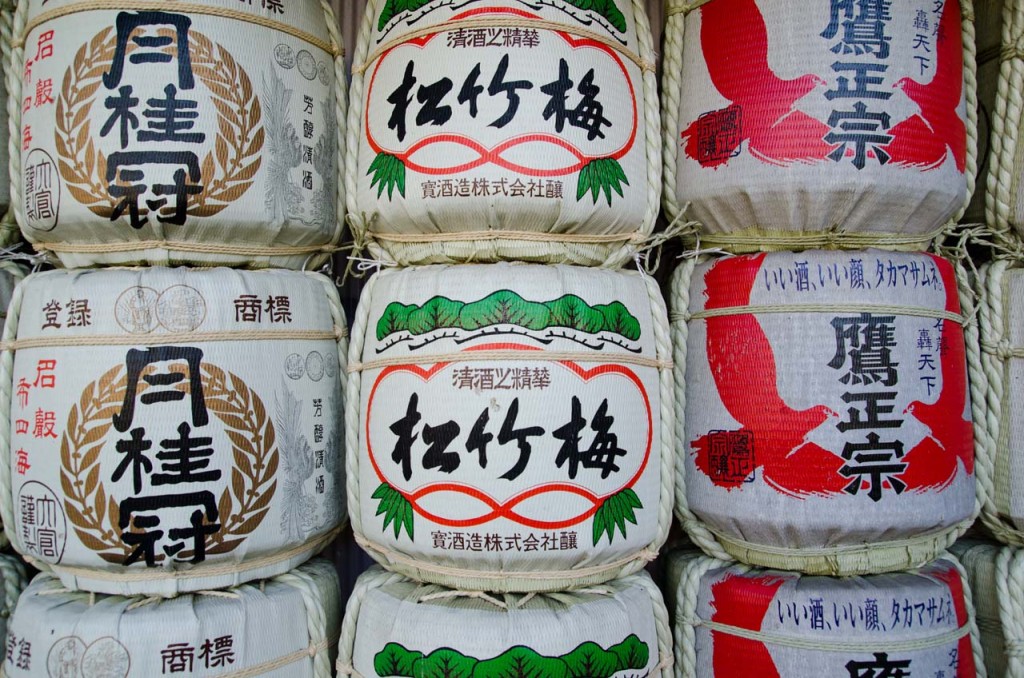
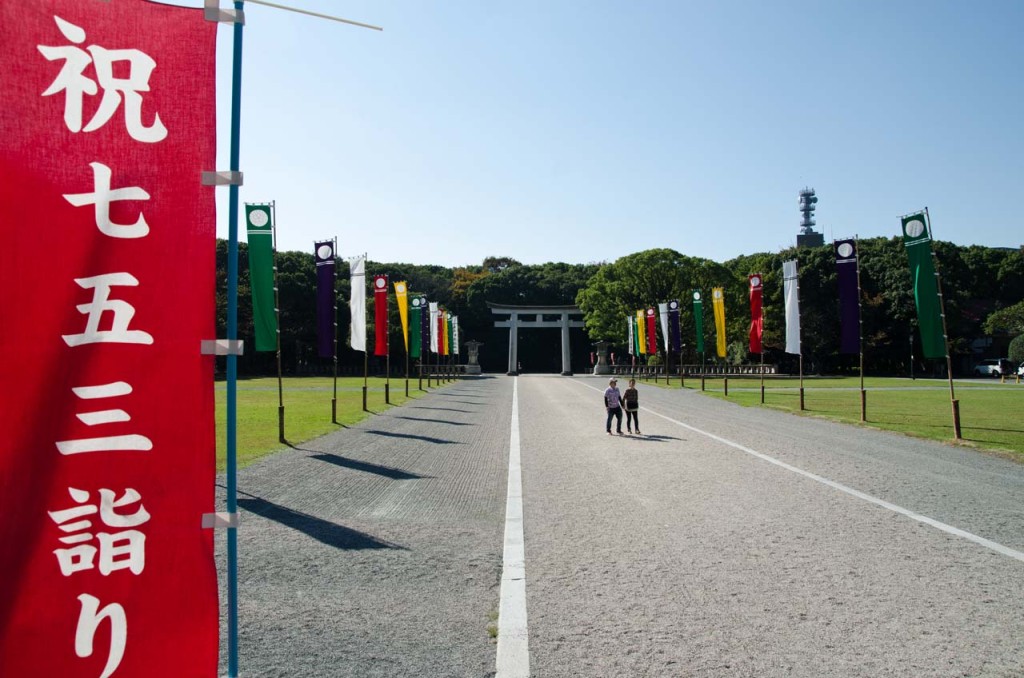
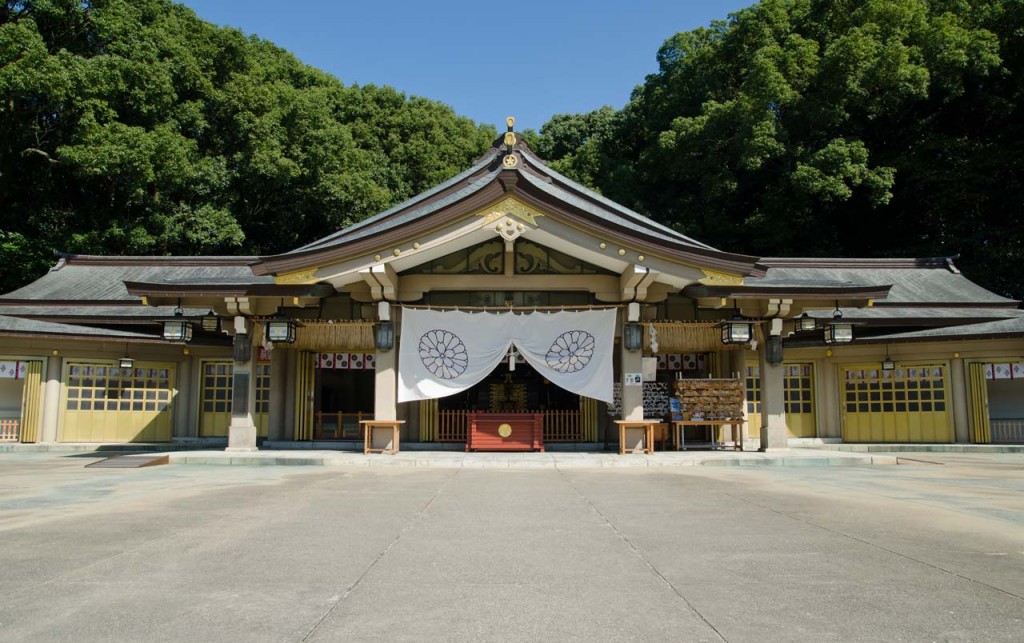
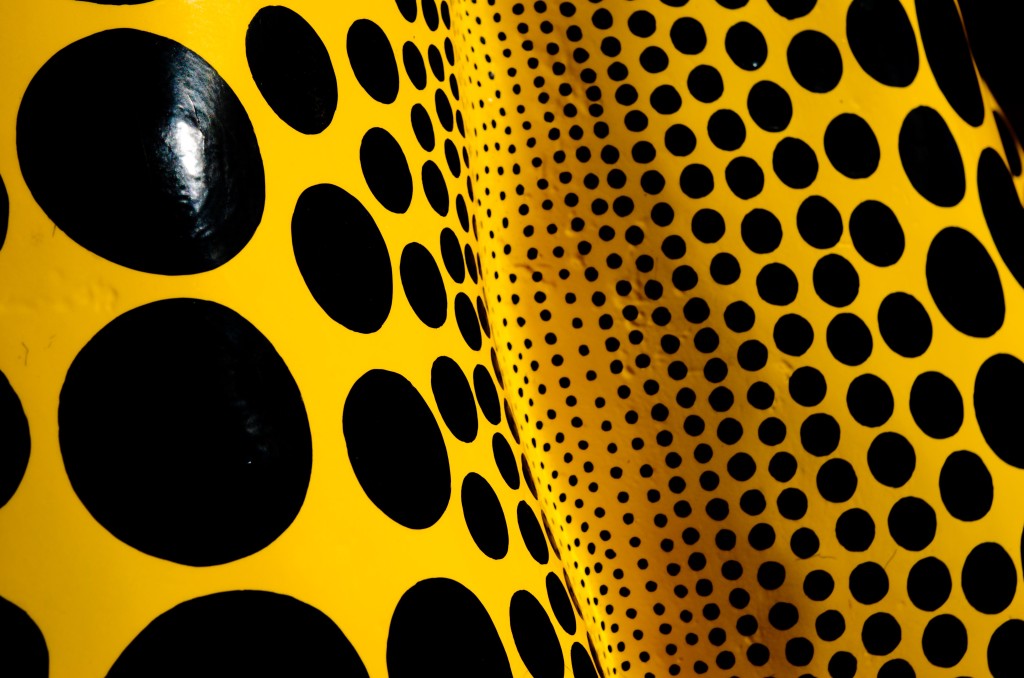 Yayoi Kusama 草間 彌生 pumpkin パンプキン sculpture at Fukuoka Art Museum 福岡市美術館. Ohori Park. More Yakoi Kusama pumpkins (INHALE MAG).
Yayoi Kusama 草間 彌生 pumpkin パンプキン sculpture at Fukuoka Art Museum 福岡市美術館. Ohori Park. More Yakoi Kusama pumpkins (INHALE MAG).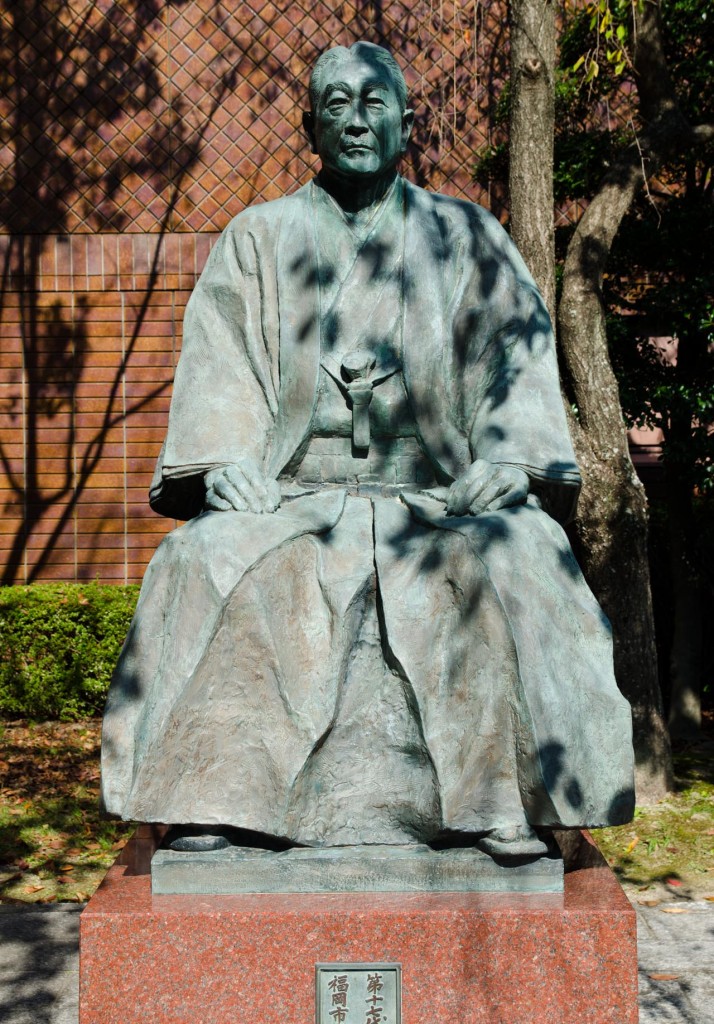 Ohori Park.
Ohori Park.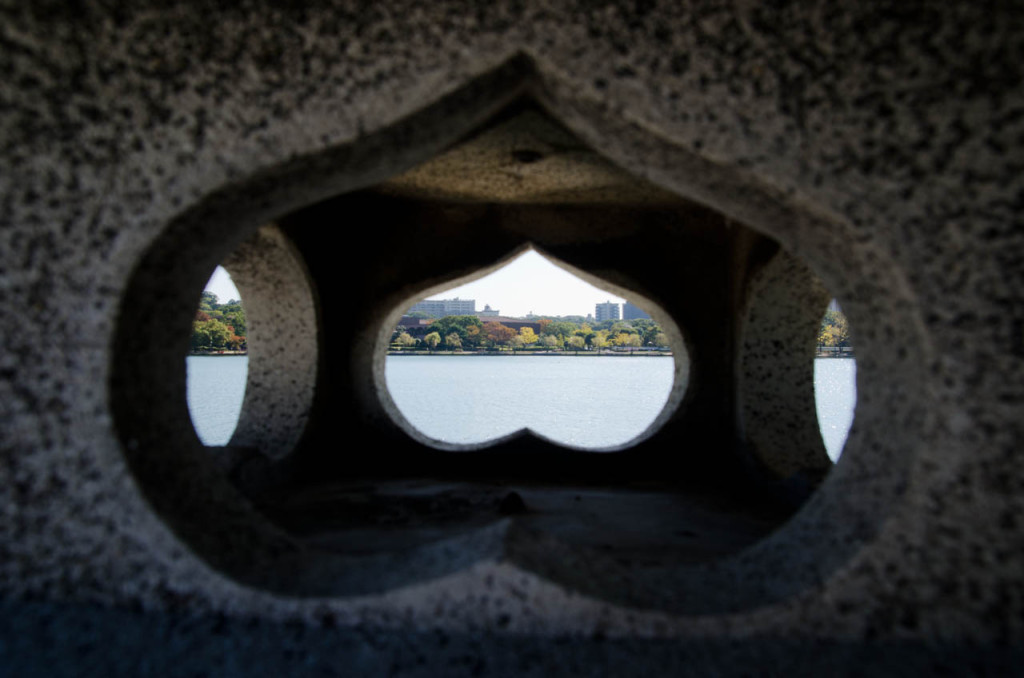
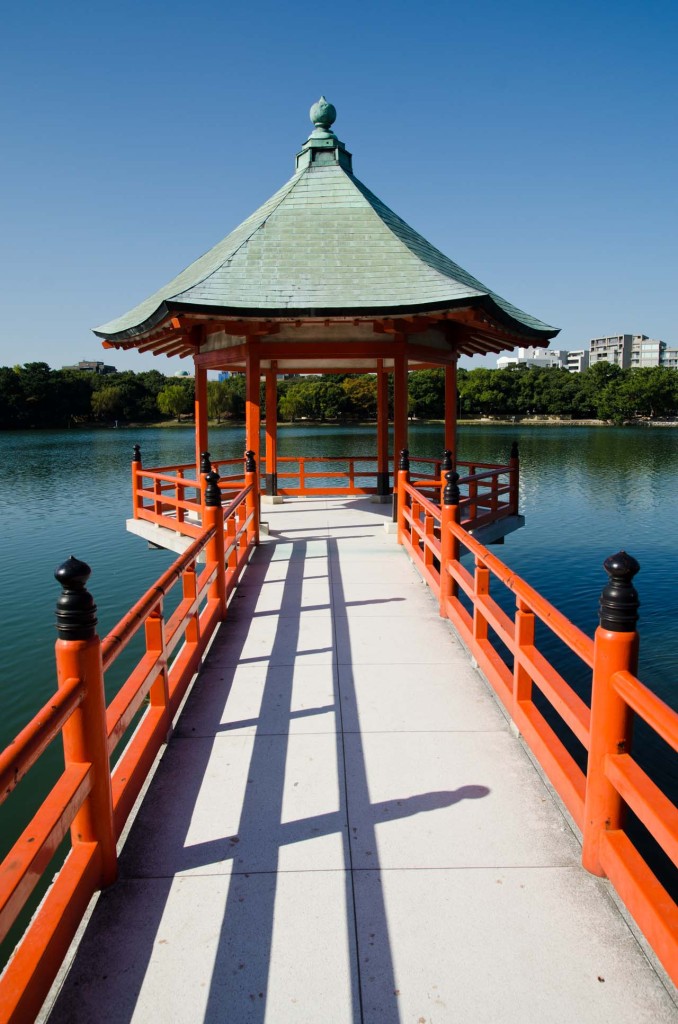
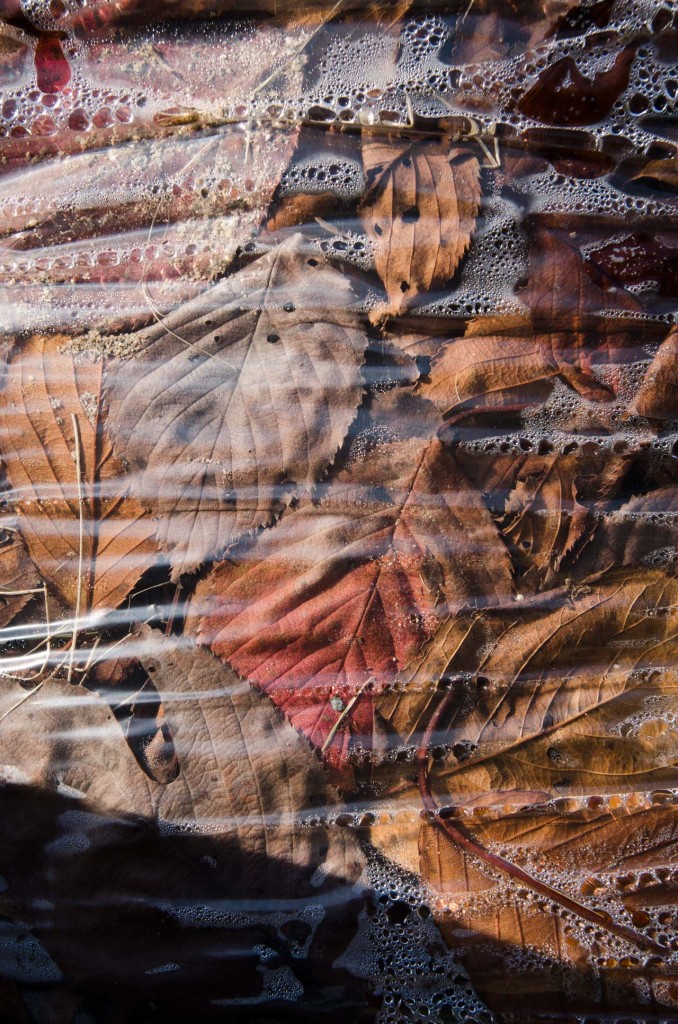
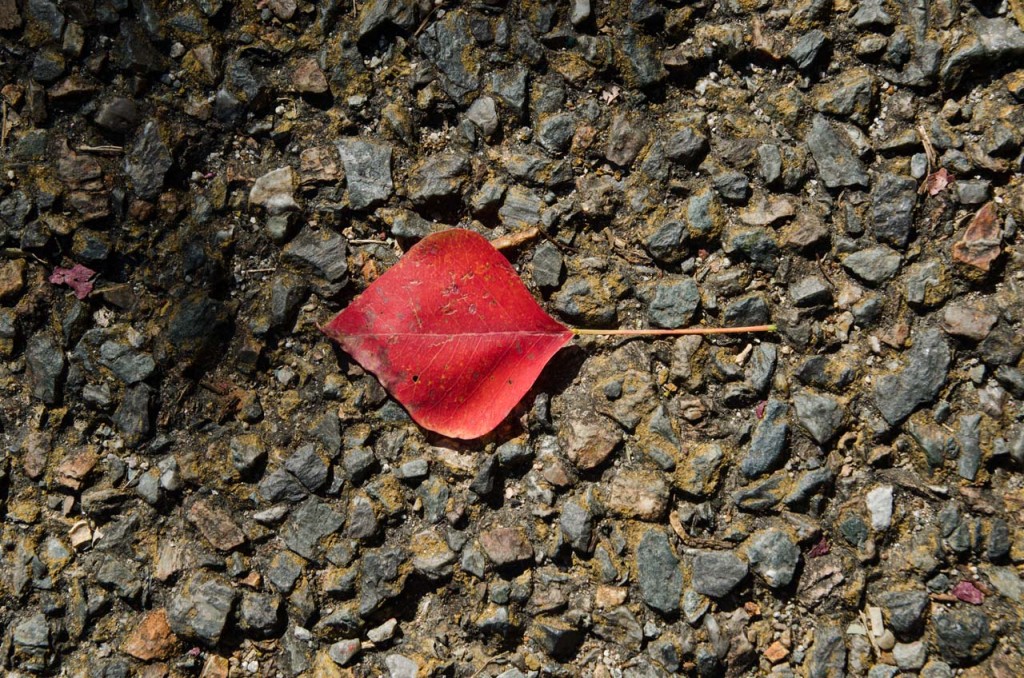
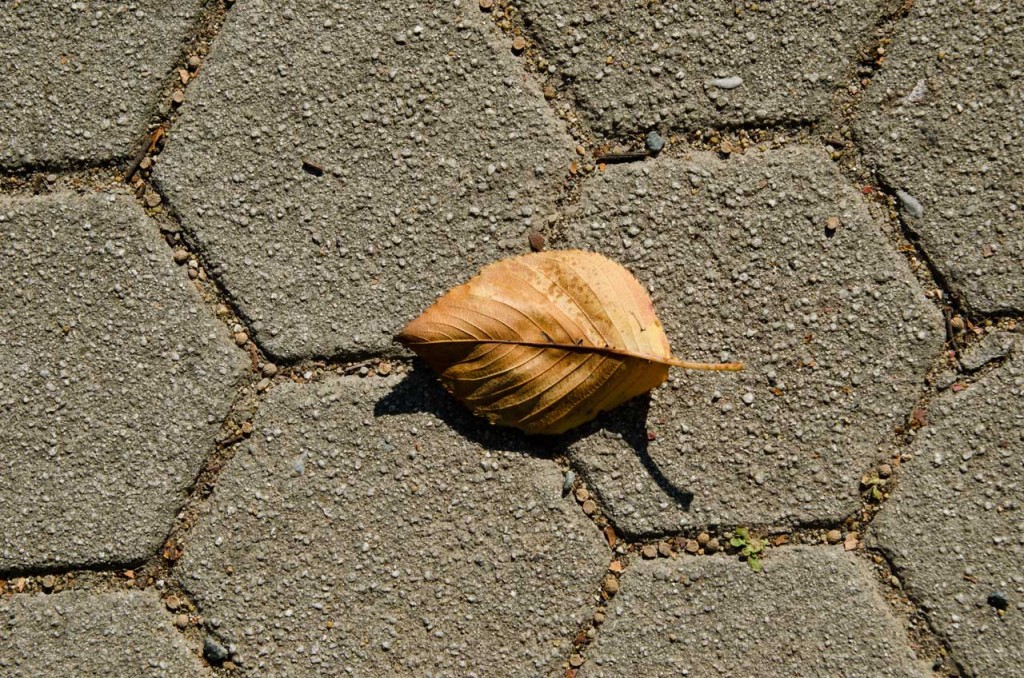
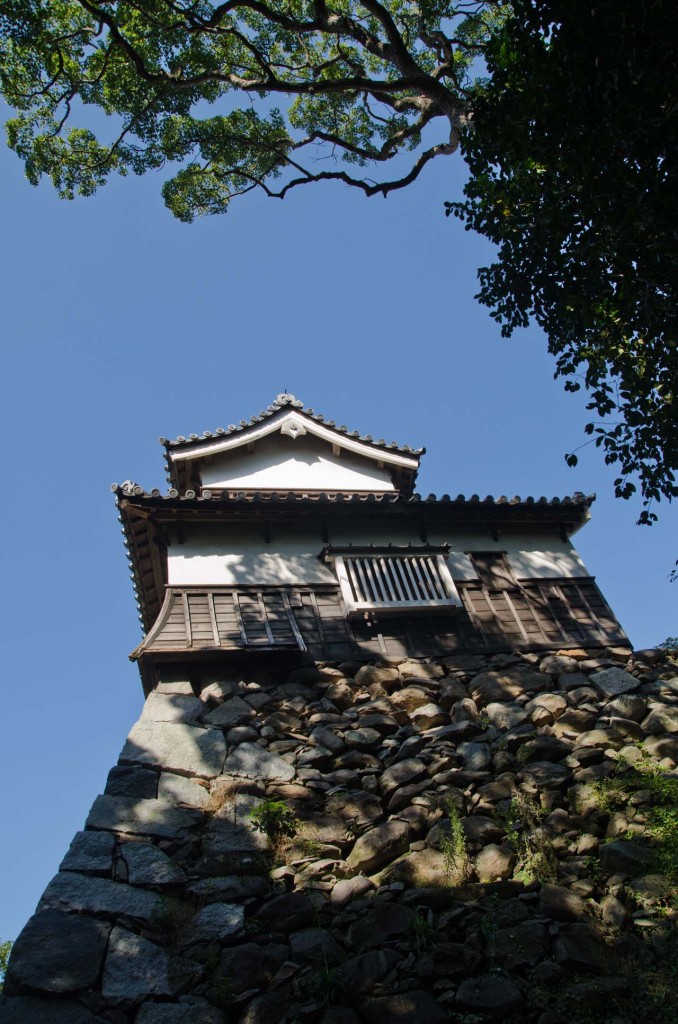 Fukuoka Castle ruins 福岡城.
Fukuoka Castle ruins 福岡城.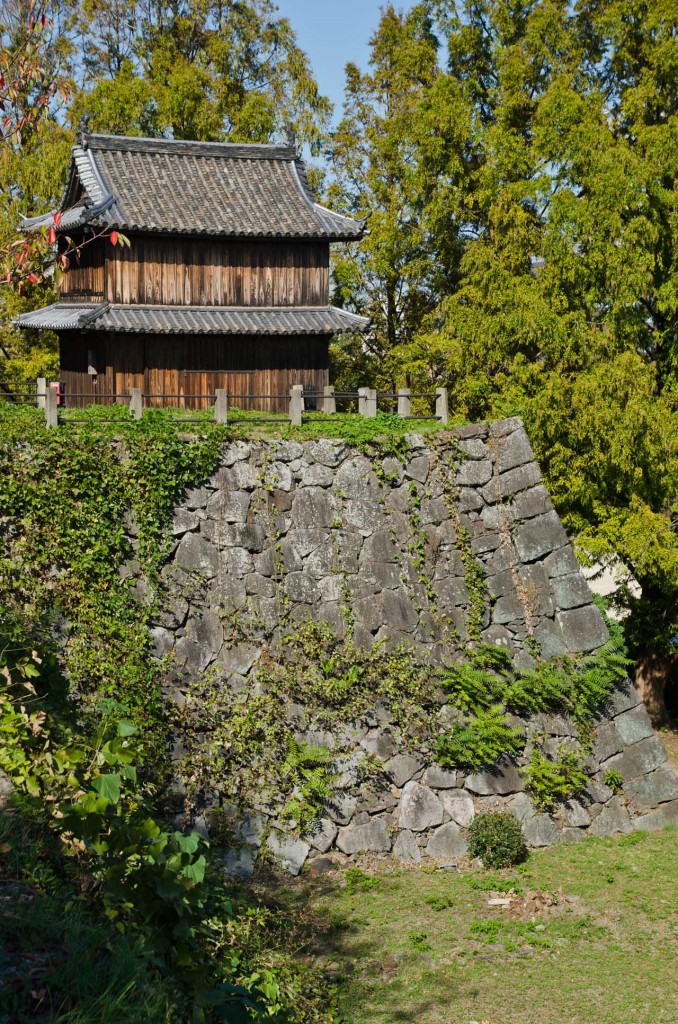
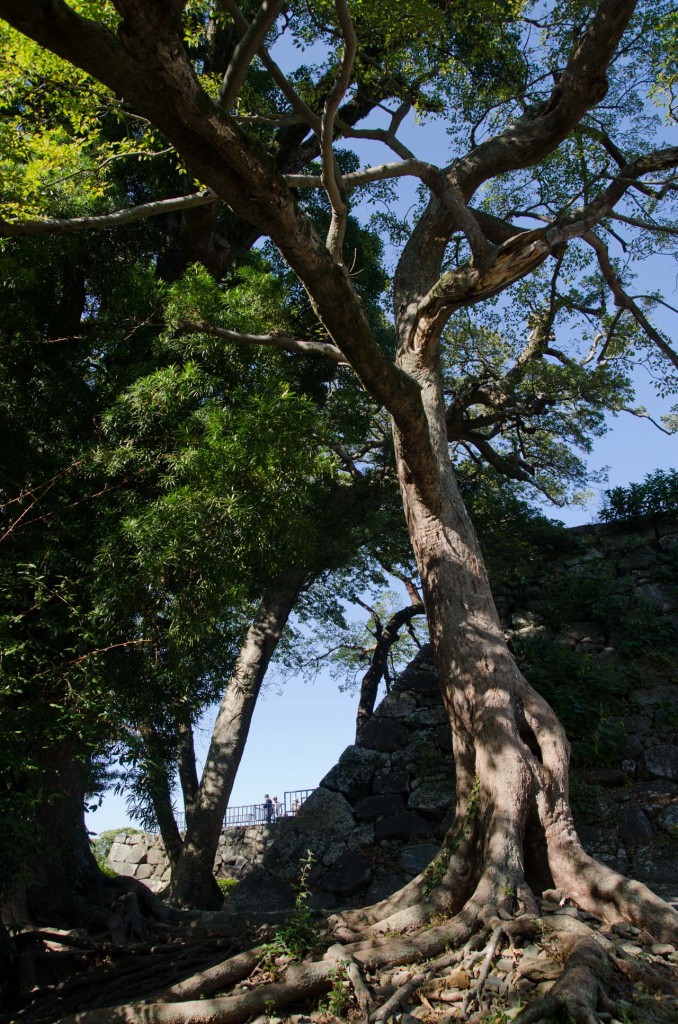 October 28, 2014.
October 28, 2014.
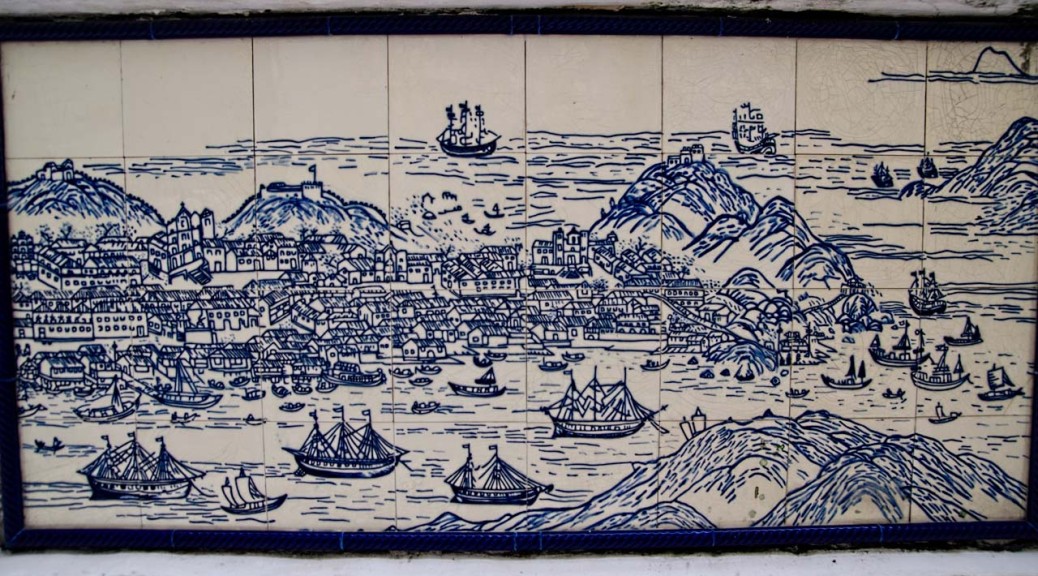
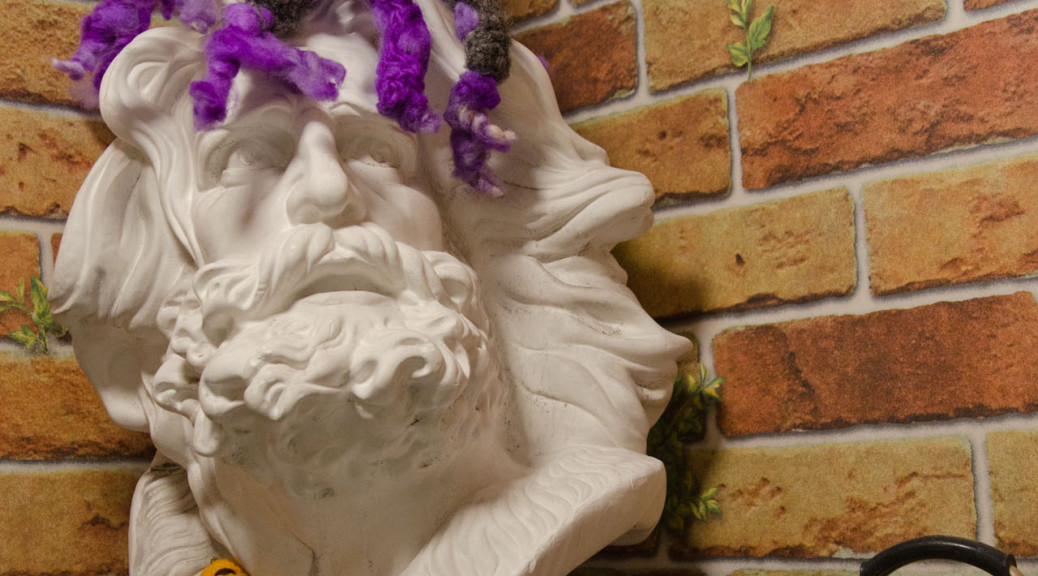
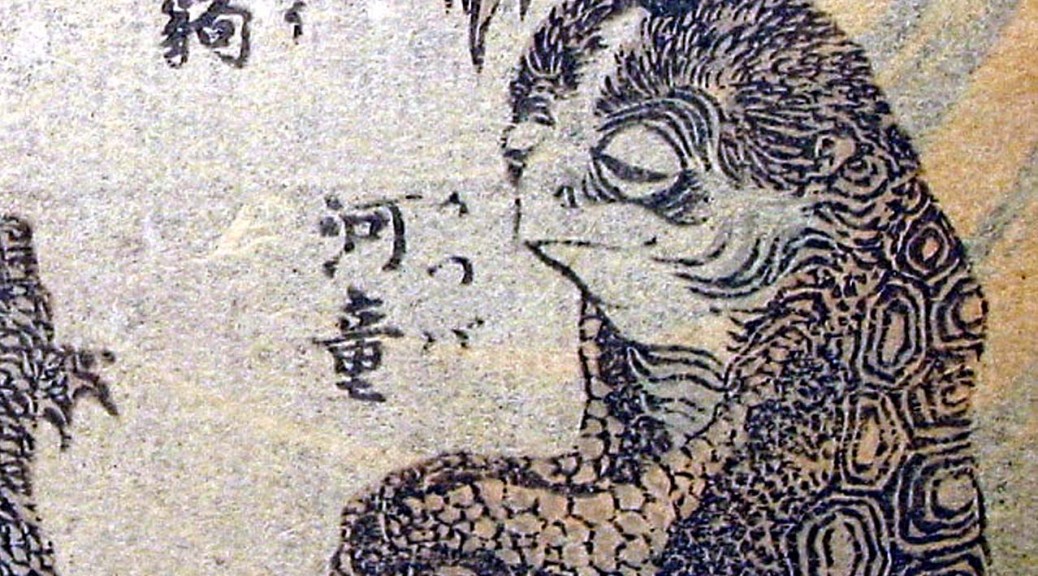
On Chinese dice the 4 is always red.
The word for four 四 () and death 死 () sound similar in Mandarin Chinese.
The story of the emperor who ordered the four on dice colored red.
See Tetraphobia.
The character for dice in Chinese 骰子 has the radical 骨 bone as ancient dice were made out of bone.
Types of Chinese dice.
Dice from different countries.
Book: Chinese Games with Dice and Dominoes.
Ancient Board Games at the British Museum.
See list of Chinese radicals.
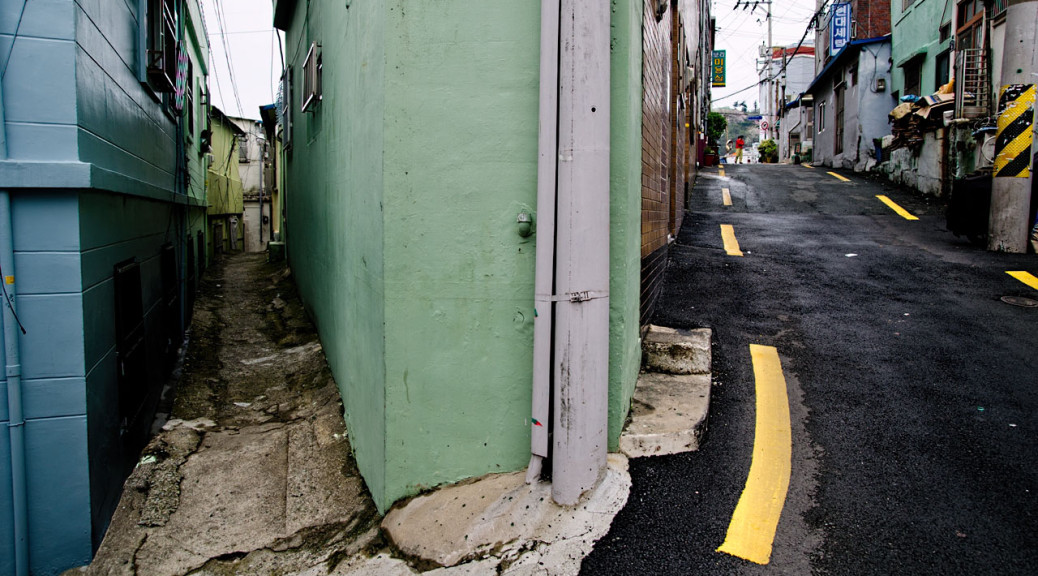
Fincher talks about Alien 3 | article/blog post.
The Stake: An Annotated Walk Through The Films of David Fincher | article.
Fincher “was aware of being told things about people and story through the art direction rather than exposition.” On Alien (1979).
Fincher worked as a cameraman in Return of the Jedi.
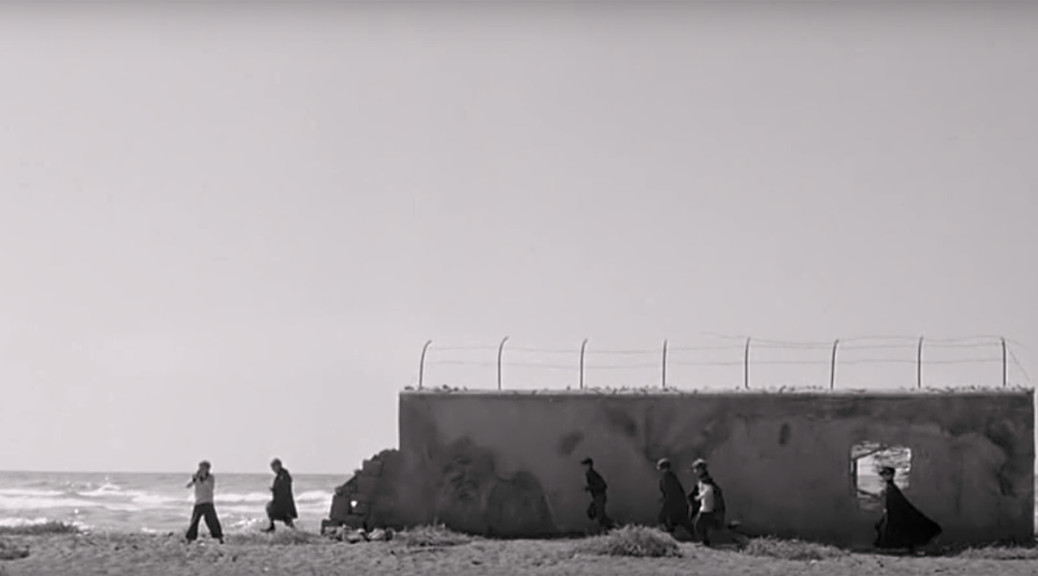
Otto e mezzo 8 1/2. Fellini (1963)